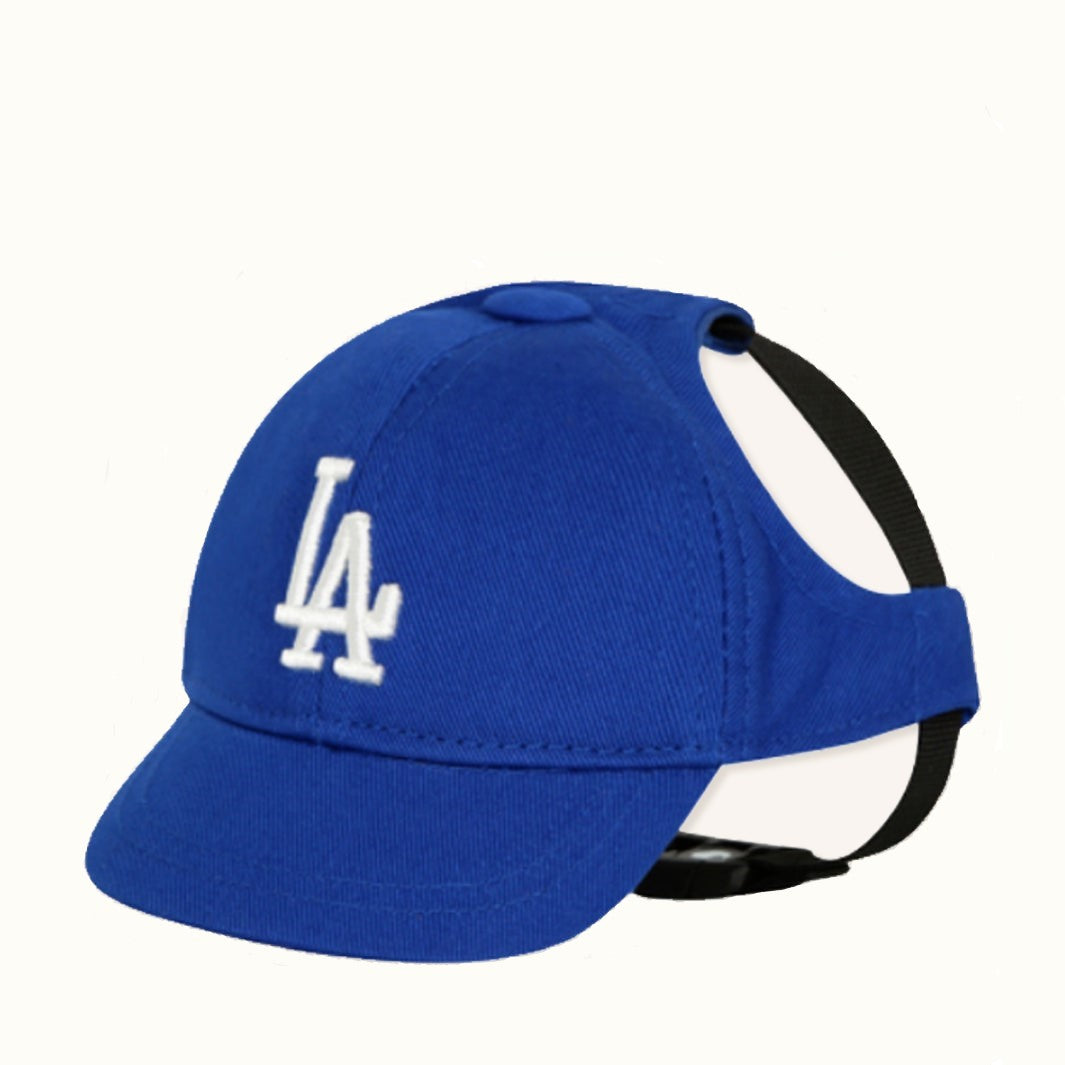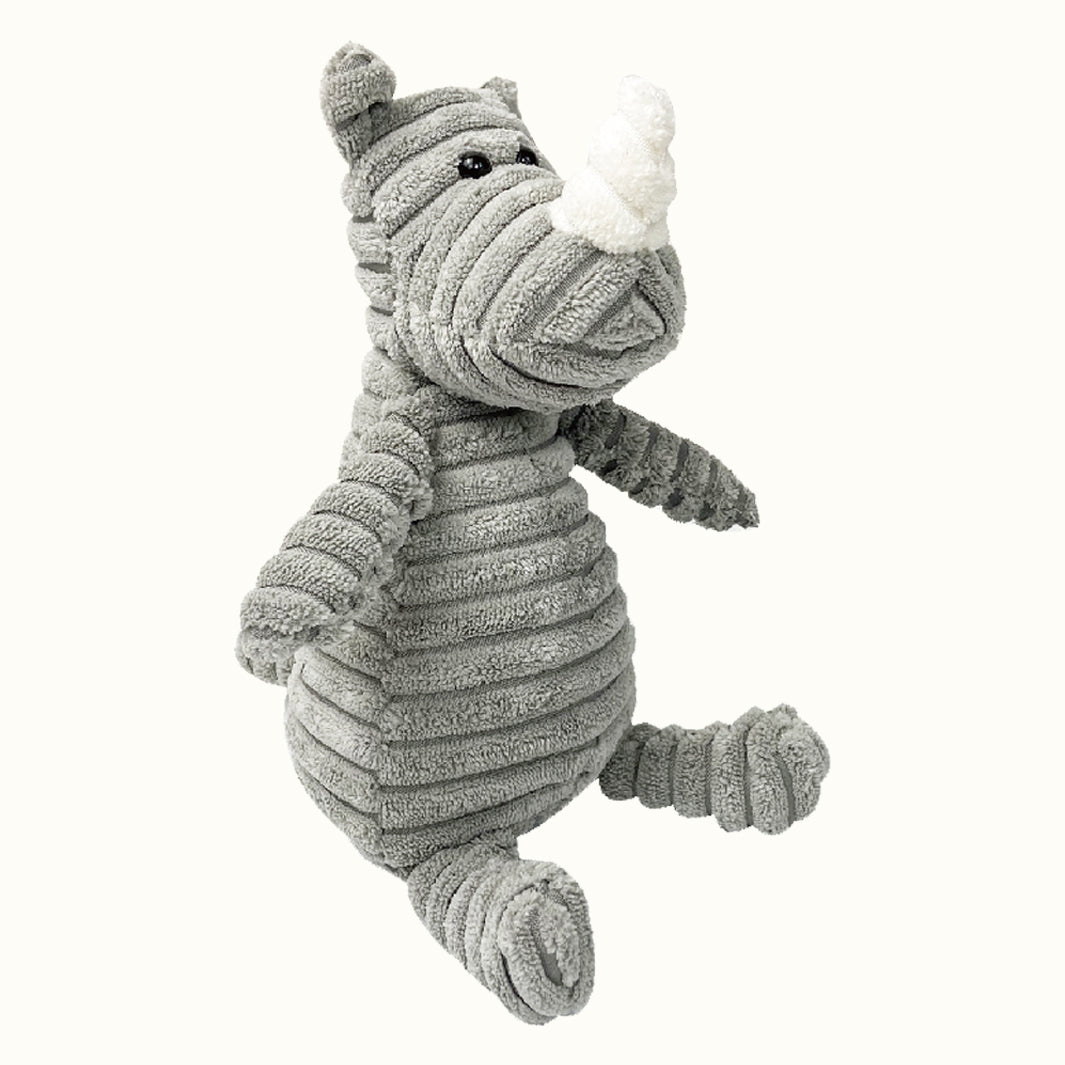How To Choose Between A Reversible Harness Or No-Pull Harness
When it comes to choosing a harness for your dog, there are several options available on the market. However, two of the most popular choices are reversible harnesses and no-pull harnesses. These types of harnesses serve different purposes and have their advantages and disadvantages.
In this guide, we will discuss the main differences between a reversible harness and a no-pull harness, and how to choose the right one for your dog based on their specific needs. We'll also cover some important considerations to keep in mind while making your decision. By the end of this guide, you should have a better understanding of which type of harness is best suited for your furry friend.
What Is A Reversible Harness?
A reversible harness is a type of dog harness that can be worn in two different ways, with both sides being usable. This means that the harness has a design or pattern on one side and a plain color on the other. The purpose behind this design is to give dog owners more options when it comes to styling their furry friends while also providing functionality.
Reversible harnesses are typically made with soft and comfortable materials such as nylon, neoprene, or mesh. They come in a variety of sizes and can be adjusted to fit your dog's specific measurements. Some reversible harnesses also have reflective strips for added visibility during evening walks.
One of the main benefits of a reversible harness is its versatility. You can switch between the two designs depending on your mood or the occasion. They are also easy to clean and maintain, as most of them are machine washable.
However, reversible harnesses may not be the best choice for dogs who tend to pull on their leash. The design of a reversible harness does not provide much control over pulling behavior, which can lead to discomfort for both the dog and the owner.
What Is A No-Pull Harness?
A no-pull harness, also known as a front-clip harness, is designed to help dogs who tend to pull on their leash during walks. This type of harness has the leash attachment located at the front of the dog's chest, rather than on their back like traditional harnesses.
The idea behind a no-pull harness is to prevent the dog from pulling by redirecting their attention towards the owner. When the dog pulls, the front-clip design of this harness will cause them to turn towards the owner instead of continuing forward.
No-pull harnesses are typically made with sturdy and durable materials such as nylon or leather. They come in various sizes and can be adjusted to fit your dog comfortably. Some also have additional features such as reflective strips or padding for extra comfort.
One of the main advantages of a no-pull harness is its ability to help with leash training and reduce pulling behavior. It can also give owners more control over their dogs during walks, making it a safer option in certain situations.
Difference Between Reversible And No-Pull Harnesses

While both reversible and no-pull harnesses serve different purposes, there are some key differences between the two that dog owners should consider before making a decision.
Firstly, as mentioned earlier, reversible harnesses are more about style and versatility, while no-pull harnesses are focused on function and training. Therefore, if your dog is already well-trained and has good leash manners, a reversible harness may be a better choice for you.
Secondly, the front-clip design of a no-pull harness gives owners more control over their dogs during walks and can help with pulling behavior. This makes it a better option for larger or stronger dogs who tend to pull on their leash.
Finally, reversible harnesses may be more suitable for smaller or calmer dogs who do not tend to pull. They can still provide a comfortable and stylish option for walks without the need for extra control measures.
Pros And Cons Of Reversible And No-Pull Harnesses

Here are some pros and cons to consider for both reversible and no-pull harnesses:
Reversible Harnesses
Pros:
- Versatile design can be switched between two different looks.
- Soft and comfortable materials.
- Machine washable for easy maintenance.
Cons:
- Not suitable for dogs who tend to pull on their leash.
- Limited control over pulling behavior.
No-Pull Harnesses
Pros:
- Front-clip design helps with leash training and controlling pulling behavior.
- Durable materials for larger or stronger dogs.
- Can provide extra safety during walks.
Cons:
- Limited design options compared to reversible harnesses.
- May not be necessary for well-trained dogs.
How To Choose Between A Reversible Harness Or No-Pull Harness
Now you may be wondering, which harness is the right choice for your dog? Here are some important factors to consider when making your decision:
- Your dog's size and breed: Larger or stronger dogs may benefit more from a no-pull harness, while smaller or calmer dogs can handle a reversible harness.
- Your dog's behavior on walks: If your dog tends to pull on their leash, a no-pull harness may be more suitable. However, if they are well-trained and do not have pulling behavior, a reversible harness can provide a comfortable and stylish option.
- Your preferences: Ultimately, your style and preferences also play a role in choosing between the two types of harnesses. If you like to switch up your dog's look or want a more stylish option, a reversible harness may be the way to go.
- Consider trying both: If you are still unsure, you can always try both types of harnesses and see which one works best for you and your dog. Every dog is different, so it may take some trial and error to find the perfect fit.
- Consult with a professional: If you are still unsure, it's always best to consult with a professional dog trainer or your veterinarian for recommendations based on your specific dog's needs. They can provide valuable insight and advice to help you make the best decision for your furry friend.
- Remember to prioritize safety and comfort: No matter which harness you choose, always make sure it fits your dog properly and does not cause any discomfort or restrictions in movement. Your dog's safety and well-being should always be the top priority when selecting a harness.
By considering all these factors and understanding the differences between reversible and no-pull harnesses, you can make an informed decision on which type of harness is best for your dog's needs.
Does Your Dog Need Harness?
In the end, the decision to use a harness for your dog depends on their individual needs and behaviors. While some dogs may benefit from using a no-pull harness to help with training and control during walks, others may not need one at all.
It's important to consider your dog's size, breed, and behavior before deciding if a harness is necessary. Additionally, consulting with a professional can also provide valuable insights and advice on whether or not a harness is the right choice for your dog.
Ultimately, it's important to prioritize your dog's comfort and safety above all else when making this decision. If you do choose to use a harness, make sure to properly fit and adjust it to ensure your dog's comfort and well-being during walks.
Also, keep in mind that using a harness is not a replacement for proper training and behavior management. It's important to continue working with your dog on leash manners and listening to commands during walks, regardless of which type of harness you use.
Tips For Using A Harness

Here are some final tips to keep in mind when using a harness for your dog:
- Always properly fit and adjust the harness for your dog's comfort and safety.
- Do not leave the harness on your dog when they are unsupervised.
- Regularly check the fit of the harness, especially as your dog grows or gains/loses weight.
- If using a no-pull harness, make sure to properly train and reinforce good leash manners with your dog.
- Consider using a harness in addition to a collar for added control and safety during walks.
- Be aware of any potential chafing or discomfort caused by the harness and adjust accordingly.
By following these tips and considering all factors, you can make an informed decision on whether or not a harness is necessary for your dog and ensure their comfort and safety while using it.
FAQs
Why Do Some Dogs Need A Harness?
Some dogs may benefit from using a harness for added control and safety during walks, especially if they tend to pull on their leash or are larger/stronger breeds.
Can I Use A Regular Collar Instead Of A Harness?
While collars can be used for walking, they may not provide as much control or comfort as a harness. Additionally, some dogs may be at risk for neck injuries if they tend to pull on their leash while wearing a collar.
Are All Harnesses Created Equal?
No, there are various types of harnesses available with different designs and features. It's important to consider your dog's needs and behavior when selecting the right type of harness for them.
Conclusion
Choosing between a reversible harness and a no-pull harness depends on your dog's individual needs and behaviors. By considering factors such as size, behavior, and personal preferences, consulting with professionals, and prioritizing safety and comfort, you can make an informed decision that benefits both you and your furry friend during walks.
Remember to properly fit and adjust the harness, regularly check for any discomfort or chafing, and continue working on leash manners with your dog regardless of which type of harness you choose. With these tips in mind, you and your dog can enjoy comfortable and safe walks together. So don't hesitate to try out different options to find the perfect fit for your furry companion!















Leave a comment